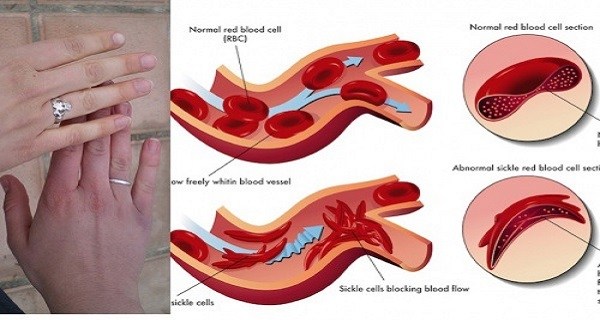“We are complex organisms and are comprised of numbers of servo-mechanisms that help us be ‘normal’ in a variety of environments.”
So goes the explanation of why things happen in our bodies, but this explanation fails to explain things very well. In terms of the body’s temperature control mechanism, we do understand that the autonomic nervous system controls our core temperature whether or not we have a sensation of warmth or coolness.
Neuropathy and Persistent Sensation of Cold.
Many of us experience actual cold, the kind of chill that drives us to the fireplace or radiator. There is, however, a kind of cold that is perceived but that appears to have no basis in fact. The autonomic nervous system is not fooled, and makes no effort to adjust our internal thermometer, so we just feel cold. Peripheral neuropathy (sometimes secondary to diabetes) has its onset in the lower extremities and is accompanied by sensations of numbness, tingling, burning, prickling, etc., and may have an accompanying symptom of cold. An evaluation may assess serum levels of vitamins, glucose, liver and kidney function, thyroid, etc.; electrophysiological tests to assess nerve function; imaging studies like MRI or CT scans; and even nerve biopsies, to determine an etiology and treatment.
Multiple Sclerosis and Cold Perception.
There is the considerable variety of symptoms associated with MS. Episodic sensations of heat or cold do occur, sometimes with the neuropathy just described. MS attacks are episodic and may be stimulated by temperature changes in the environment.
Infection Sequellae and Other “Causes” of Cold Sensation.
Nerve involvement following viral infection may involve a chronic sense of chill. Coldness has been associated with treatments of some kinds of cancer but has not been well-studied. Head trauma, stroke, brain embolism, etc. may also induce these coldness sensations. The list of causes is not “endless,” but one detailed list suggests almost 80 different maladies with coldness complications.
Home Management of Chronic Coldness.
Medical evaluation should be a starting point, but the result may be simply a naming of the problem, with no resolution of it, even with medications. Vitamin strategies may exist, but consider these home remedies:
Fluid intake can be increased with plain water or fruit juices. If the cold sensation is associated with balance problems and weakness, this is the first try for you. Adding ingredients to your water like honey or ginger will enhance your antioxidants.
Tea has been used to warm the body’s core for generations. Herbal teas may be more desirable because they may be less stimulating as diuretics. Lemon and honey are easily added for those extra antioxidants.
“Grandma’s chicken soup” is comforting and soothing. With the natural cysteine coupled with the beta-carotene and vitamin D of carrots and celery and the antihistamines and antioxidants of onions, chicken soup has a lot to offer.
Two strategies for warming from the inside out may help. The old steaming idea may be useful. Boil water. Make a tent for your head, and suck those warm vapors into those lungs, but avoid scalding or burning yourself.
Eating warm food has the same idea behind it. Instead of heating through the lungs, you are heating your body through the tummy.
